When it comes to shipping goods from China to Italy, understanding your options is crucial for optimizing logistics and managing costs effectively. With choices between air freight and sea freight, each method presents its unique advantages and challenges. Air freight offers speed and efficiency, making it ideal for urgent shipments, while sea freight provides a more economical solution for bulk cargo. This comprehensive guide delves into the key factors influencing shipping costs, average transit times, customs regulations, and strategies for cost-effective shipping. By navigating these complexities, businesses can ensure a smoother shipping experience and maximize their profitability in the competitive global market.
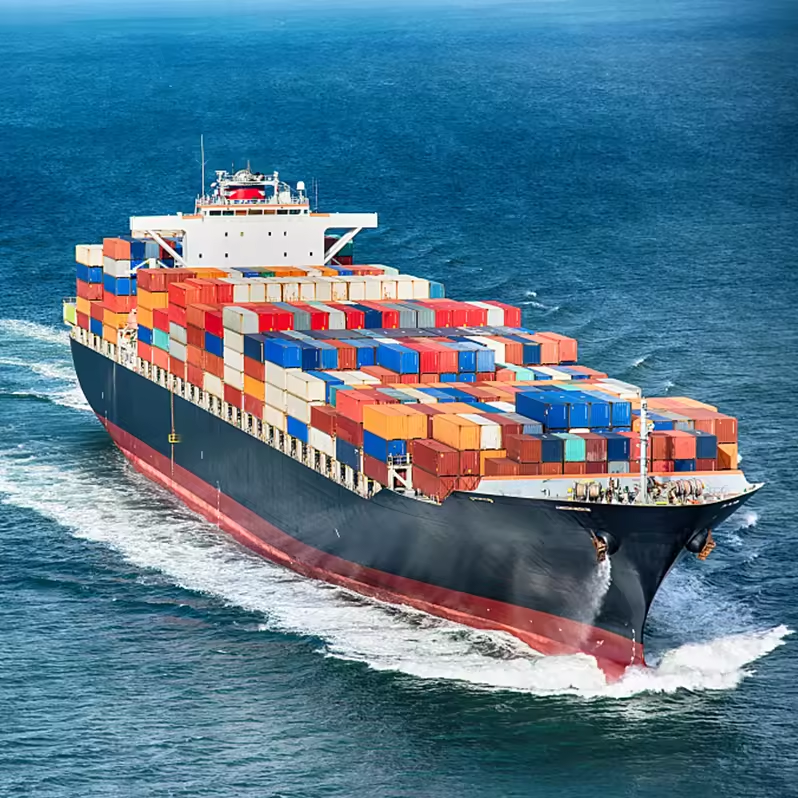
Understanding Shipping Options from China to Italy
When considering shipping goods from China to Italy, businesses and individuals alike must choose between a variety of options to meet their logistics needs. Understanding the intricacies of these shipping methods can lead to significant savings and improved efficiency in getting products to market.
Overview of Shipping Methods: Air vs. Sea Freight
When navigating the logistics landscape, it is vital to select the right shipping method that aligns with your requirements. The two primary methods of transporting goods from China to Italy are air freight and sea freight. Each has its unique advantages and limitations.
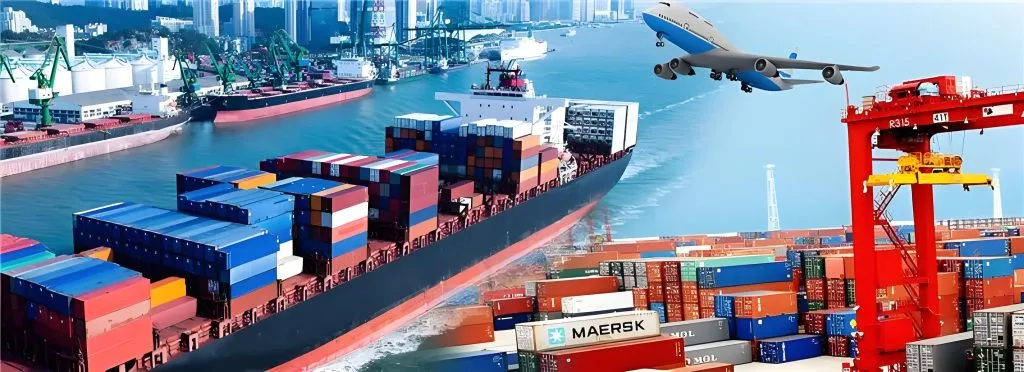
Air Freight
-
Speed: Air freight is known for its rapid delivery times, making it ideal for urgent shipments. Typical transit times range from 3 to 10 days depending on the specific route and carrier.
-
Cost: While air freight is faster, it is considerably more expensive than sea freight. This mode of transport can cost up to five to ten times more than shipping via sea, especially for heavy or bulky items.
-
Best Uses: Suitable for high-value or perishable goods, or products that require immediate delivery, such as electronics, medical supplies, and fashion items.
Sea Freight
-
Cost-Effectiveness: Sea freight is the most common choice for large shipments due to its lower cost compared to air freight. It is especially advantageous for bulk goods or lower-value items.
-
Capacity: Cargo ships can carry a substantial amount of goods, allowing for large shipments which can significantly reduce the cost per unit.
-
Transit Times: The typical transit time for sea freight from China to Italy can range from 25 to 45 days, depending on the shipping line and route taken.
-
Environmental Impact: Shipping via sea is generally considered more environmentally friendly than air freight, as it emits a lower amount of CO2 per ton of goods transported.
Key Factors Influencing Shipping Costs
Several factors play a crucial role in determining the overall shipping cost from China to Italy. Awareness of these factors can help businesses better plan their logistics budget:
-
Weight and Volume: The weight and volume of the cargo significantly influence costs. Most freight forwarders calculate shipping charges based on either actual weight or dimensional weight, whichever is greater.
-
Shipping Distance: Longer distances typically incur higher shipping costs. The specific ports of departure and arrival also affect the overall cost structure.
-
Type of Goods: Certain types of goods can have different shipping costs based on their nature. For example, hazardous materials, fragile items, or perishables often require specialized handling, impacting the rate.
-
Customs Duties and Taxes: Import duties, VAT, and other taxes levied by Italian customs will add to the overall cost of shipping goods. Understanding these can help in budgeting appropriately.
-
Insurance and Packaging: Additional services such as cargo insurance and specialized packaging can contribute to the total shipping costs.
You may be interested in the following related articles:
- Shipping From China To Sweden
- Shipping From China To Finland
- Shipping From China To Portugal
- Shipping From China To Czech Republic
- Shipping From China to Austria
- Shipping from China to Russia
- Shipping From China To Poland
- Shipping From China To France
Shipping Costs: A Detailed Breakdown
Understanding the cost structure associated with shipping from China to Italy is critical for importers and exporters alike. Below is a comprehensive overview of the average shipping costs associated with both air freight and sea freight, along with insights into hidden fees and additional charges.
Average Shipping Costs for Air Freight
The costs for air freight services can vary widely based on the aforementioned factors. On average, the price for air freight from China to Italy can range from $5 to $12 per kilogram. Here’s a breakdown of common air freight costs:
| Weight (kg) | Average Cost (USD) |
|---|---|
| 0-10 kg | $12/kg |
| 11-50 kg | $10/kg |
| 51-100 kg | $8/kg |
| 100+ kg | $5-$7/kg |
Average Shipping Costs for Sea Freight
Shipping via sea freight offers a more cost-effective solution for bulk shipments. The average cost for sea freight from China to Italy typically ranges from $1,000 to $3,000 for a 20-foot container, depending on various factors such as shipping line and destination port:
| Container Size | Average Cost (USD) | Transit Time (Days) |
|---|---|---|
| 20-foot | $1,000 – $1,500 | 25-30 |
| 40-foot | $1,500 – $3,000 | 30-45 |
Hidden Fees and Additional Charges
In addition to standard shipping costs, several hidden fees may arise during the shipping process. These costs can include:
-
Fuel Surcharges: Carriers may impose fuel surcharges, particularly volatile due to fluctuating oil prices.
-
Customs Fees: Import duties, taxes, and customs clearance fees are essential to factor into overall costs. Ensure proper documentation to avoid delays.
-
Handling Fees: Charges for loading and unloading at ports or warehouses can vary based on service providers.
-
Storage Fees: If cargo cannot be picked up immediately upon arrival, storage fees may be incurred.
-
Insurance Costs: While optional, securing insurance for high-value shipments is advisable, adding to the overall cost.
For tailored solutions concerning your shipping needs, consider partnering with Dantful International Logistics. With their one-stop international logistics service, Dantful provides a range of offerings, including customs clearance, warehouse services, and insurance services. Their expertise in logistics ensures a smoother experience for customers shipping from China to Italy.
Transit Times: What to Expect
When planning the importation of goods from China to Italy, understanding the nuances of transit times can drastically affect supply chain efficiency and inventory management. Here’s a detailed exploration of what to expect regarding transit times.
Average Transit Times for Air Freight
Air freight remains the fastest method for transporting goods over long distances, including from China to Italy. Generally, the average transit time for air shipments can range from 3 to 10 days. Specific variables that influence these times include:
- Direct vs. Indirect Flights: Direct flights offer quicker deliveries, while indirect routes with layovers can extend shipping times.
- Departure and Arrival Airports: Major airports with more frequent connections can facilitate faster transit.
- Customs Clearance: Although air freight is quicker, clearance delays at customs can add unexpected days to the overall timeline.
| Shipping Method | Average Transit Time |
|---|---|
| Standard Air | 5-7 days |
| Express Air | 3-5 days |
Average Transit Times for Sea Freight
While sea freight is more economical, it generally requires a longer commitment of time. Average transit times for sea freight from China to Italy typically fall within the range of 25 to 45 days. The duration depends on several factors:
- Route and Shipping Line: Different shipping lines can have varying schedules, and the chosen route can heavily impact speed.
- Port Congestion: Busy ports may experience delays that can significantly extend transit times.
- Seasonal Variability: Increased shipping demand during peak seasons like holidays can lead to longer transit due to congestion and limited vessel availability.
| Shipping Method | Average Transit Time |
|---|---|
| Sea Freight | 25-45 days |
Factors Affecting Shipping Speed
Various factors can influence the overall speed of shipping goods from China to Italy. Consider the following:
- Weather Conditions: Severe weather can disrupt both air and sea travel.
- Regulatory Inspections: Random checks by customs can delay the clearance process.
- Documentation Errors: Incomplete or incorrect paperwork can significantly slow down both air and sea freight shipments.
How to Choose the Right Shipping Company
Selecting the appropriate shipping company can make a monumental difference in your logistics operations. It’s essential to assess various metrics and the services offered to ensure optimal shipping solutions.
Comparing Shipping Companies: Key Metrics to Evaluate
When evaluating different shipping companies, focus on these critical metrics:
- Cost Structure: Compare not just base rates but also additional fees such as fuel surcharges, port handling charges, and customs brokerage fees.
- Transit Times: Look into the average transit times for different shipping methods offered by the company.
- Service Offerings: Assess whether they provide additional services such as customs clearance, insurance services, and warehouse services.
The Role of Freight Forwarders in Cost Reduction
Freight forwarders act as intermediaries that can help streamline logistics processes. Their roles include:
- Consolidation of Shipments: By pooling cargo from multiple customers, they can reduce costs for individual shipments.
- Expertise in Customs and Regulations: Freight forwarders often have specialized knowledge that allows them to navigate complex customs regulations, minimizing delays and potential fines.
- Negotiation of Rates: Established freight forwarders may have pre-negotiated rates with shipping lines, allowing them to offer competitive pricing.
Customer Reviews and Reputation: What to Look For
When selecting a shipping company, customer reviews and reputation can provide invaluable insights into their reliability and quality of service. Consider:
- Online Reviews: Platforms like Google Reviews, Trustpilot, and industry-specific forums can reveal customer experiences.
- Case Studies: Request case studies or testimonials from the shipping company to assess their success in handling shipments similar to yours.
- Accreditations and Certifications: Look for industry certifications such as IATA for air freight or CTPAT for customs compliance as these can indicate a reputable operation.
Dantful International Logistics Services:
- Dantful Ocean Freight Services
- Air Freight From China
- Amazon FBA Freight Forwarding
- WAREHOUSE Services
- One-Stop Customs Clearance Solution
- Cargo Insurance Services in China
- DDP Shipping Services By Dantful Logistics
- Out of Gauge Cargo Transportation Shipping Services
Customs Regulations and Import Duties
Navigating customs regulations and understanding import duties is crucial for a smooth shipping experience. Familiarizing yourself with these elements can help avoid unexpected delays and costs.
Understanding Customs Procedures in Italy
When goods arrive in Italy, they must go through customs clearance. Key steps include:
- Documentation: Ensure that all necessary documents such as commercial invoices, packing lists, and bills of lading are accurate and complete.
- Duties and Taxes: Be prepared to pay applicable duties and VAT, which are assessed based on the value of the goods.
- Inspection: Customs may conduct inspections to verify the contents of shipments, which can affect clearance times.
Common Import Duties and Taxes
Import duties and taxes can vary widely depending on the type of goods being imported. Here’s a brief outline of common charges:
| Type of Goods | Average Import Duty Rate |
|---|---|
| Electronics | 0-14% |
| Clothing and Textiles | 12-20% |
| Machinery and Equipment | 0-6% |
| Food and Beverages | 5-25% |
Note: Additional VAT of 22% is generally applicable to most imports.
Tips for Reducing Customs Charges
Reducing customs charges can contribute to your overall savings. Consider the following strategies:
- Classify Goods Accurately: Ensure that you properly classify your goods with the correct HS codes to avoid miscalculation of duties.
- Negotiate with Suppliers: Discuss whether your suppliers can adjust the declared value of goods to minimize duties while staying compliant with regulations.
- Consider Free Trade Agreements: Investigate if your goods qualify for preferential treatment under EU free trade agreements, which may lower import duties.
Tips for Reducing Shipping Costs
Efficiently managing shipping costs is vital for businesses aiming to maintain profitability in a competitive market. Here are some effective strategies for cost-effective shipping.
Strategies for Cost-Effective Shipping
- Plan Shipments Wisely: Consolidate shipments when possible to take advantage of bulk rates.
- Choose the Right Shipping Method: Assess the urgency of your shipments against costs to select the most cost-effective method, whether air or sea.
- Leverage Technology: Utilize logistics software to monitor shipping routes, costs, and timelines, enabling better decision-making.
Using Freight Forwarders and Logistics Services
Engaging a reliable freight forwarder, like Dantful International Logistics, can provide several benefits to reduce shipping costs:
- Expert Negotiation: Freight forwarders often have established relationships with carriers, allowing them to negotiate better rates.
- Customized Solutions: They can tailor shipping solutions that suit your specific needs, potentially saving costs and time.
- Comprehensive Services: From customs clearance to warehouse services, freight forwarders can streamline the entire logistics process, reducing the burden on your team.
For more information on affordable and efficient shipping services, consider exploring Dantful International Logistics for personalized solutions tailored to your shipping needs.
FAQs
When shipping goods from China to Italy, many users have common questions and concerns. Below are some frequently asked questions (FAQs) that can help clarify important aspects of the shipping process.
1. What are the primary shipping methods available for transporting goods from China to Italy?
The two primary shipping methods are air freight and sea freight. Air freight is faster but more expensive, suitable for urgent shipments, while sea freight is more cost-effective for larger volumes, generally requiring longer transit times.
2. How long does it typically take to ship goods from China to Italy?
- Air freight transit times range from 3 to 10 days, depending on factors like direct vs. indirect flights and customs clearance.
- Sea freight typically takes 25 to 45 days, influenced by the shipping route, line schedules, and port congestion.
3. What factors influence shipping costs from China to Italy?
Shipping costs are influenced by several factors, including:
- Weight and Volume: Heavier or bulkier items incur higher costs.
- Shipping Distance: Longer routes lead to higher shipping fees.
- Type of Goods: Special handling for hazardous or fragile items may increase costs.
- Customs Duties and Taxes: Import duties, VAT, and other customs-related charges add to overall expenses.
- Insurance and Packaging: Optional add-ons for high-value goods can also affect total costs.
4. What are the average shipping costs for air freight and sea freight?
- Air Freight: Costs range from $5 to $12 per kilogram, depending on the weight.
- Sea Freight: Average costs for a 20-foot container range from $1,000 to $1,500, while a 40-foot container can cost between $1,500 and $3,000.
5. Are there hidden fees associated with shipping from China to Italy?
Yes, hidden fees can include:
- Fuel surcharges fluctuating with oil prices.
- Customs fees for duties and taxes.
- Handling fees for loading and unloading.
- Storage fees if cargo is not picked up promptly.
- Insurance costs for high-value shipments.
6. How can I reduce shipping costs when importing goods?
To reduce shipping costs, consider:
- Consolidating shipments to benefit from bulk rates.
- Choosing the right shipping method based on urgency and budget.
- Utilizing logistics software to optimize shipping routes and monitor costs.
- Engaging a reliable freight forwarder like Dantful International Logistics, which can negotiate better rates and provide tailored solutions.
7. What customs regulations should I be aware of when importing to Italy?
Key customs regulations include:
- Ensuring all documentation, such as commercial invoices and packing lists, is accurate.
- Understanding applicable import duties and VAT, which can vary by product type.
- Being aware that customs may conduct inspections which could affect clearance times.
By addressing these FAQs, importers can better navigate the complexities involved in shipping goods from China to Italy, ensuring a smoother process and improved logistics management. For more tailored solutions, consider partnering with Dantful International Logistics.

Young Chiu is a seasoned logistics expert with over 15 years of experience in international freight forwarding and supply chain management. As CEO of Dantful International Logistics, Young is dedicated to providing valuable insights and practical advice to businesses navigating the complexities of global shipping.
The other language versions of this article
- اكتشف أرخص شركة شحن من الصين إلى إيطاليا – دانتفول
- Ontdek het goedkoopste verzendbedrijf van China naar Italië
- Découvrez la compagnie de transport la moins chère de la Chine vers l’Italie
- Entdecken Sie das günstigste Versandunternehmen von China nach Italien
- Scopri la compagnia di spedizione più economica dalla Cina all’Italia
- Descubra la empresa de envío más barata de China a Italia
- Descubra a empresa de transporte mais barata da China para a Itália
- Откройте для себя самую дешевую транспортную компанию из Китая в Италию
- Çin’den İtalya’ya En Ucuz Nakliye Şirketini Keşfedin

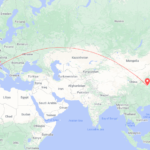




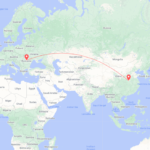

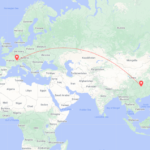
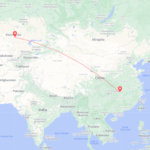
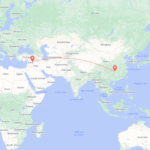
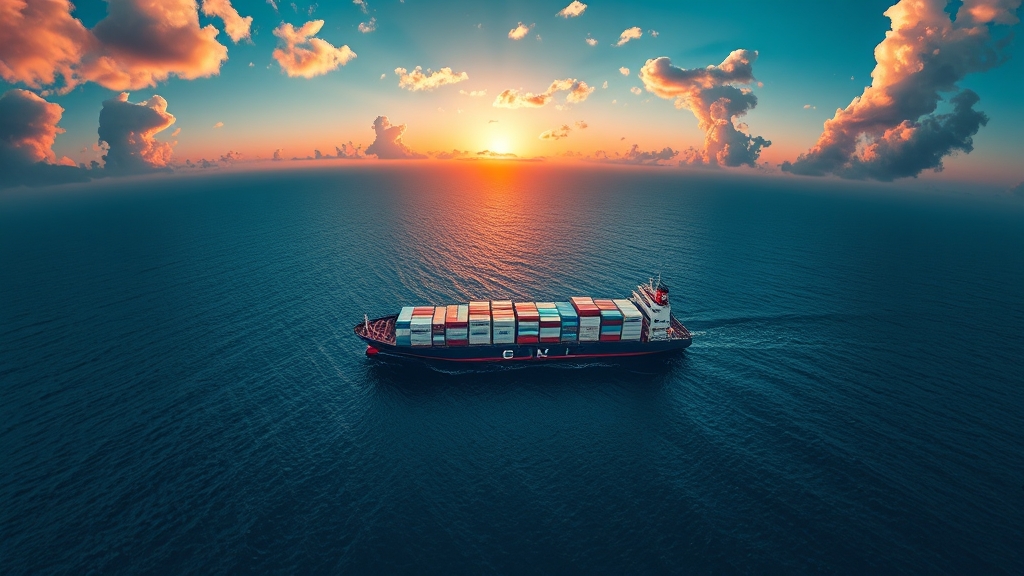
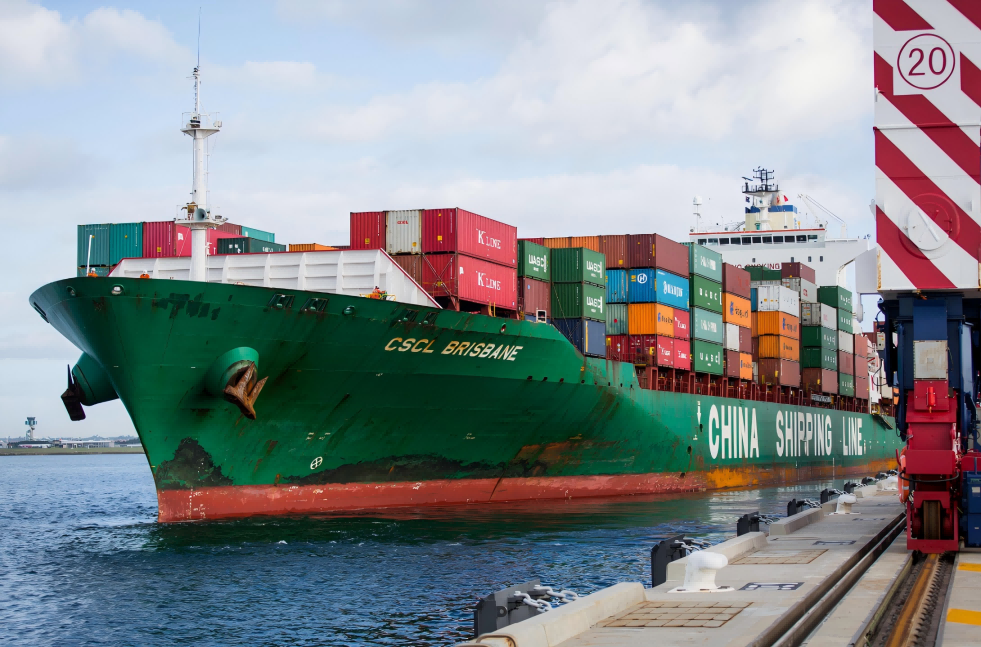
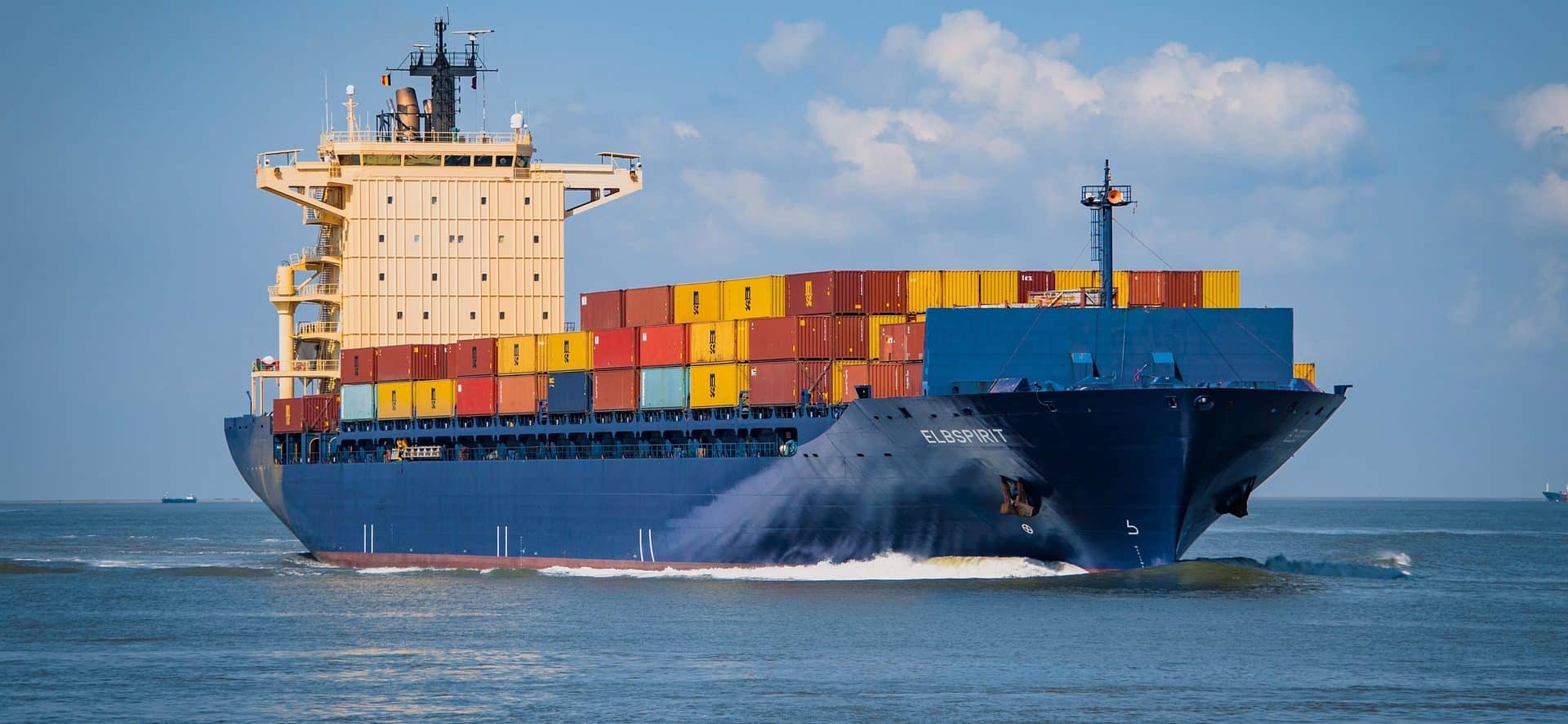

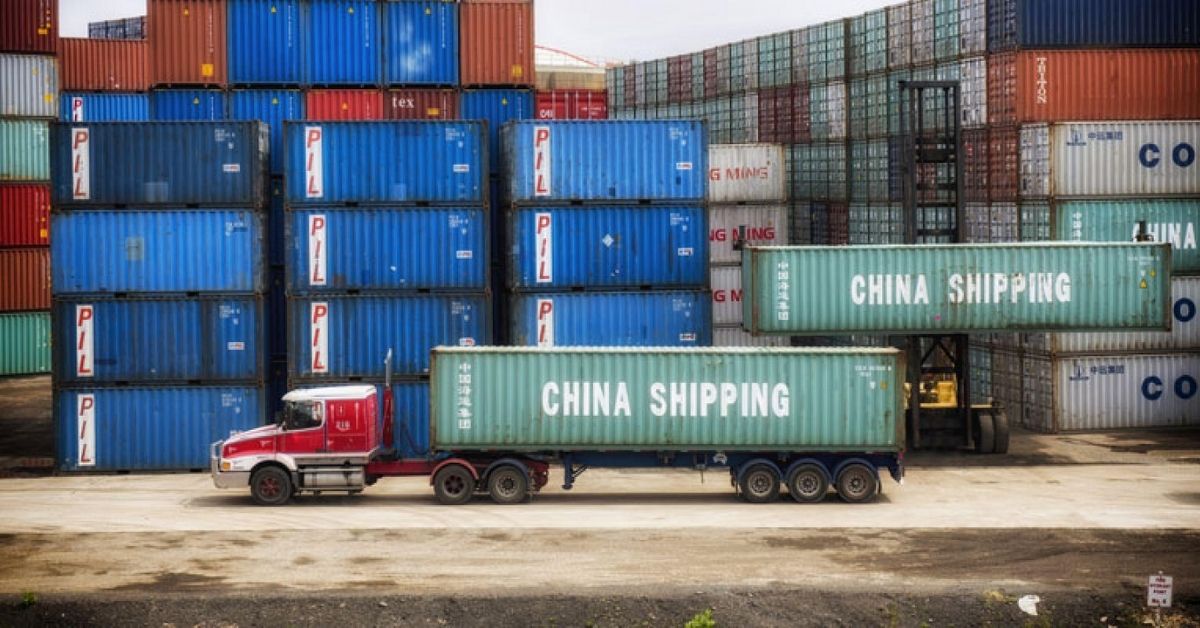





 Afrikaans
Afrikaans Shqip
Shqip አማርኛ
አማርኛ العربية
العربية Հայերեն
Հայերեն Azərbaycan dili
Azərbaycan dili Euskara
Euskara Беларуская мова
Беларуская мова বাংলা
বাংলা Bosanski
Bosanski Български
Български Català
Català Cebuano
Cebuano Chichewa
Chichewa 简体中文
简体中文 繁體中文
繁體中文 Corsu
Corsu Hrvatski
Hrvatski Čeština
Čeština Dansk
Dansk Nederlands
Nederlands English
English Esperanto
Esperanto Eesti
Eesti Filipino
Filipino Suomi
Suomi Français
Français Galego
Galego ქართული
ქართული Deutsch
Deutsch Ελληνικά
Ελληνικά Kreyol ayisyen
Kreyol ayisyen Harshen Hausa
Harshen Hausa Ōlelo Hawaiʻi
Ōlelo Hawaiʻi עִבְרִית
עִבְרִית हिन्दी
हिन्दी Hmong
Hmong Magyar
Magyar Íslenska
Íslenska Igbo
Igbo Bahasa Indonesia
Bahasa Indonesia Gaeilge
Gaeilge Italiano
Italiano 日本語
日本語 Basa Jawa
Basa Jawa ಕನ್ನಡ
ಕನ್ನಡ Қазақ тілі
Қазақ тілі ភាសាខ្មែរ
ភាសាខ្មែរ 한국어
한국어 كوردی
كوردی Кыргызча
Кыргызча ພາສາລາວ
ພາສາລາວ Latin
Latin Latviešu valoda
Latviešu valoda Lietuvių kalba
Lietuvių kalba Lëtzebuergesch
Lëtzebuergesch Македонски јазик
Македонски јазик Malagasy
Malagasy Bahasa Melayu
Bahasa Melayu മലയാളം
മലയാളം Maltese
Maltese Te Reo Māori
Te Reo Māori मराठी
मराठी Монгол
Монгол ဗမာစာ
ဗမာစာ नेपाली
नेपाली Norsk bokmål
Norsk bokmål پښتو
پښتو فارسی
فارسی Polski
Polski Português
Português ਪੰਜਾਬੀ
ਪੰਜਾਬੀ Română
Română Русский
Русский Samoan
Samoan Gàidhlig
Gàidhlig Српски језик
Српски језик Sesotho
Sesotho Shona
Shona سنڌي
سنڌي සිංහල
සිංහල Slovenčina
Slovenčina Slovenščina
Slovenščina Afsoomaali
Afsoomaali Español
Español Basa Sunda
Basa Sunda Kiswahili
Kiswahili Svenska
Svenska Тоҷикӣ
Тоҷикӣ தமிழ்
தமிழ் తెలుగు
తెలుగు ไทย
ไทย Türkçe
Türkçe Українська
Українська اردو
اردو O‘zbekcha
O‘zbekcha Tiếng Việt
Tiếng Việt Cymraeg
Cymraeg יידיש
יידיש Yorùbá
Yorùbá Zulu
Zulu